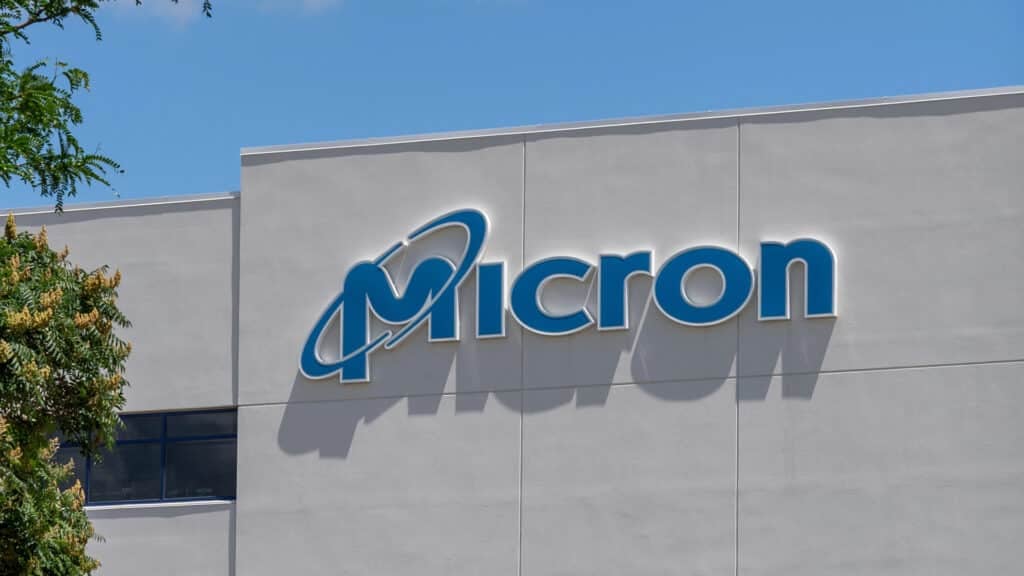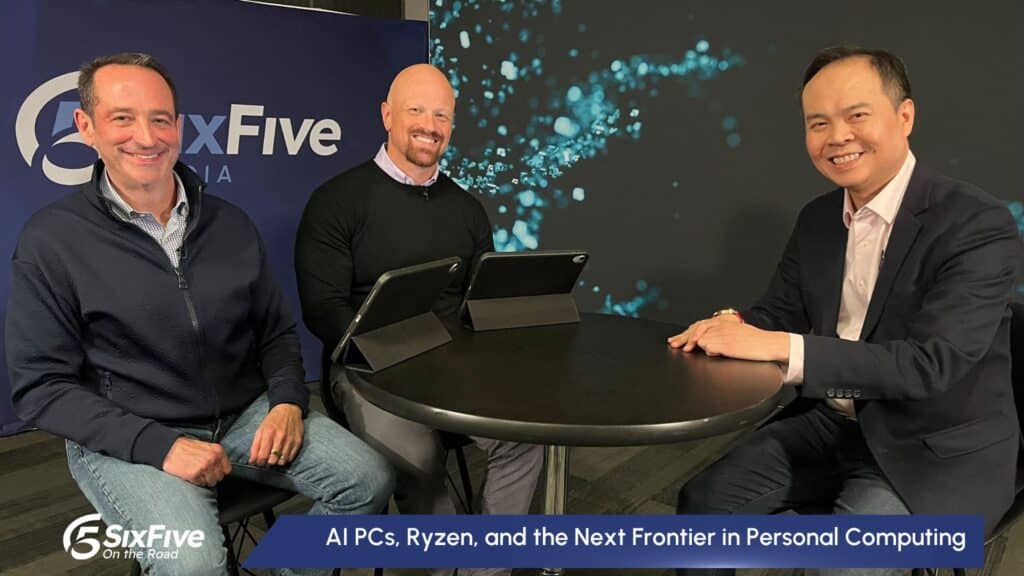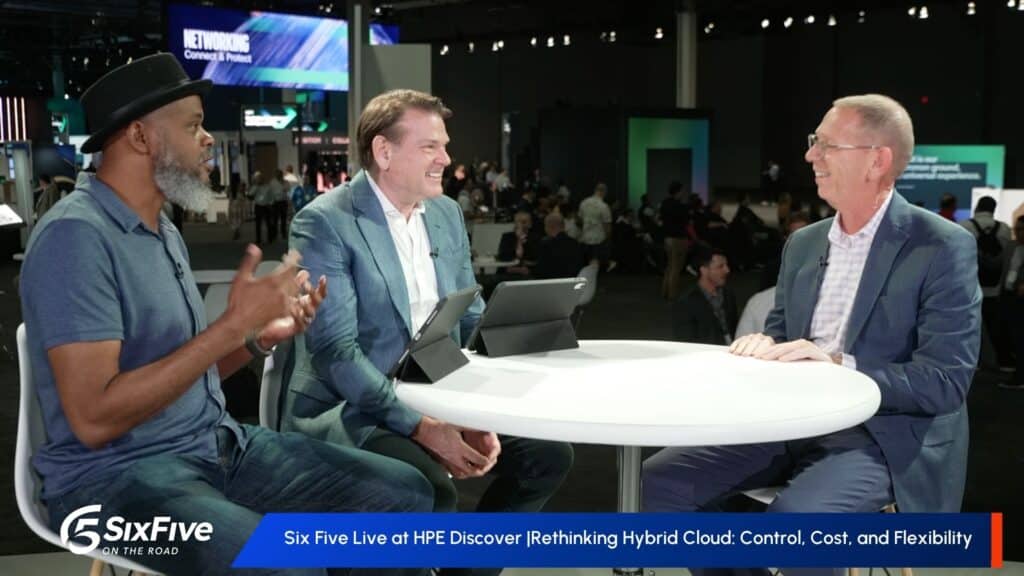The News: Hammerspace announced that its Global Data Environment solution has added support for tape storage. The new support for tape storage adds to Hammerspace’s existing support of flash, NAS, object, and cloud storage, providing a highly flexible solution that can support virtually any major storage media. More information can be found in the press release on the Hammerspace website.
Hammerspace Adds Tape Support for Global Data Environment
Analyst Take: Hammerspace recently announced that its Global Data Environment solution is adding support for tape storage. This adds additional support for tape alongside existing support for flash, NAS, object, and cloud storage—making a highly flexible global file system solution that can be layered on top of almost any existing storage solution. Hammerspace’s new support of tape has been brought to life through integrations with three tape storage vendors, Grau Data, PoINT Software and Systems, and QStar Technologies. Each vendor offers an S3 to tape gateway solution that can be integrated with Hammerspace to bring tape storage into its global file system.
Hammerspace provides a software defined global file system solution that provides data management and orchestration between heterogenous storage solutions. Hammerspace’s solution offers many benefits including global collaboration, a unified namespace, and automated data services. By adding tape support, Hammerspace further enhances its capabilities.
Tape storage has many unique characteristics that set it apart from other storage media and make it a compelling choice for specific use cases. In particular, the economics and scalability of tape make it an attractive choice for storing large capacities, especially for cold data, such as for data archival. Tape additionally provides data security advantages as it is a compelling on-premises alternative to cloud storage offerings such as AWS Glacier, and it provides the option to create a physical airgap to protect against ransomware and other cyber threats. Tape also presents a compelling solution when considering data center sustainability, as usage of tape can reduce data center energy usage.
By adding support for tape, Hammerspace adds support for all of these characteristics into its Global Data Environment. By utilizing tape alongside other heterogenous storage solutions within Hammerspace’s global file system, organizations can economically store large capacities of data, take advantage of tape’s security benefits, and lower data center energy usage. Organizations with existing tape storage can now additionally leverage those repositories by integrating with Hammerspace’s global file system, unifying them with the rest of their global namespace. The addition of tape provides intriguing new possibilities to Hammerspace’s overall solution and extends the platform to integrate cold storage into a global namespace along with other existing solutions ranging from all-flash arrays to cloud.
Disclosure: The Futurum Group is a research and advisory firm that engages or has engaged in research, analysis, and advisory services with many technology companies, including those mentioned in this article. The author does not hold any equity positions with any company mentioned in this article.
Analysis and opinions expressed herein are specific to the analyst individually and data and other information that might have been provided for validation, not those of The Futurum Group as a whole.
Other Insights from The Futurum Group:
Weka Achieves NVIDIA DGX BasePod Certification
Answer.AI R&D Lab Aims to Bring Practical AI Products
2024 Trends and Predictions for Data Storage
Author Information
Mitch comes to The Futurum Group through the acquisition of the Evaluator Group and is focused on the fast-paced and rapidly evolving areas of cloud computing and data storage. Mitch joined Evaluator Group in 2019 as a Research Associate covering numerous storage technologies and emerging IT trends.
With a passion for all things tech, Mitch brings deep technical knowledge and insight to The Futurum Group’s research by highlighting the latest in data center and information management solutions. Mitch’s coverage has spanned topics including primary and secondary storage, private and public clouds, networking fabrics, and more. With ever changing data technologies and rapidly emerging trends in today’s digital world, Mitch provides valuable insights into the IT landscape for enterprises, IT professionals, and technology enthusiasts alike.





